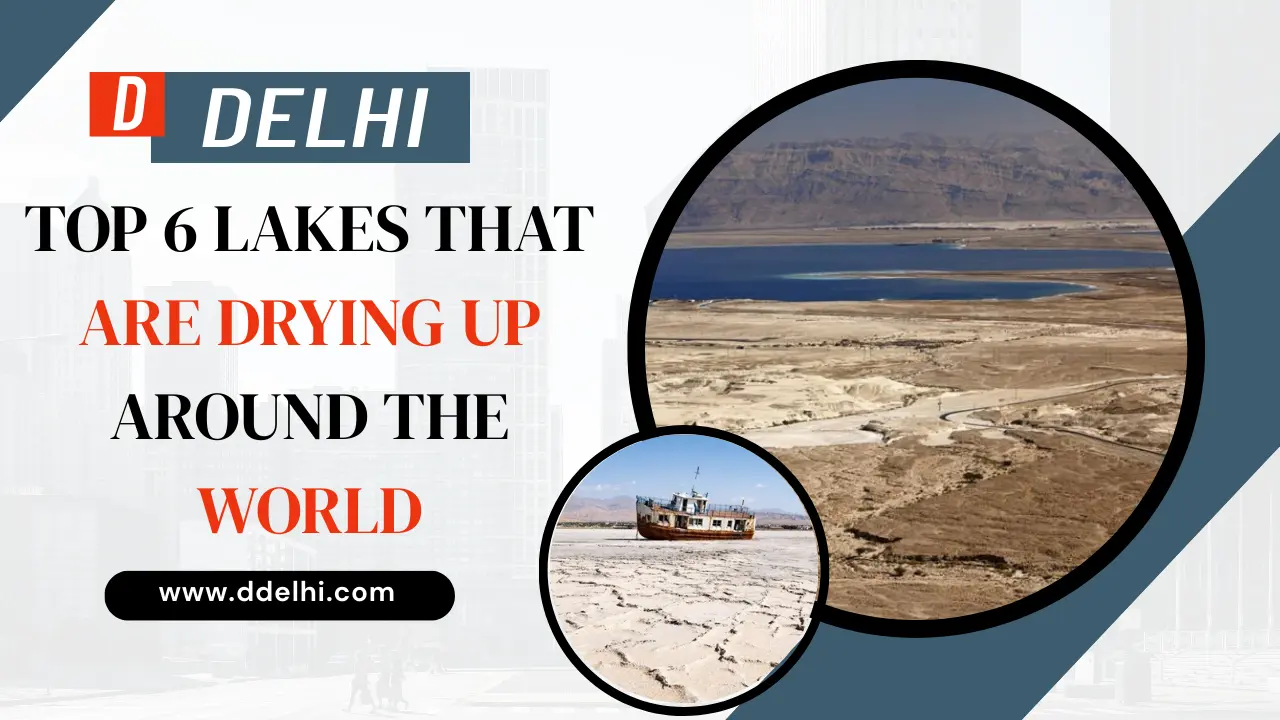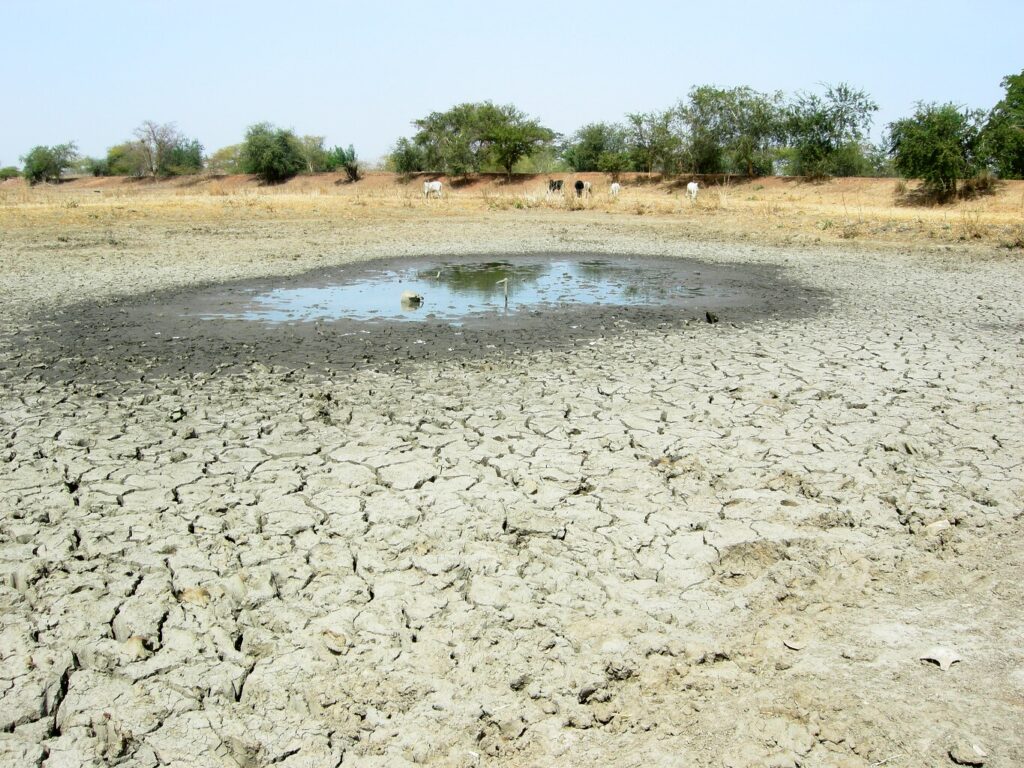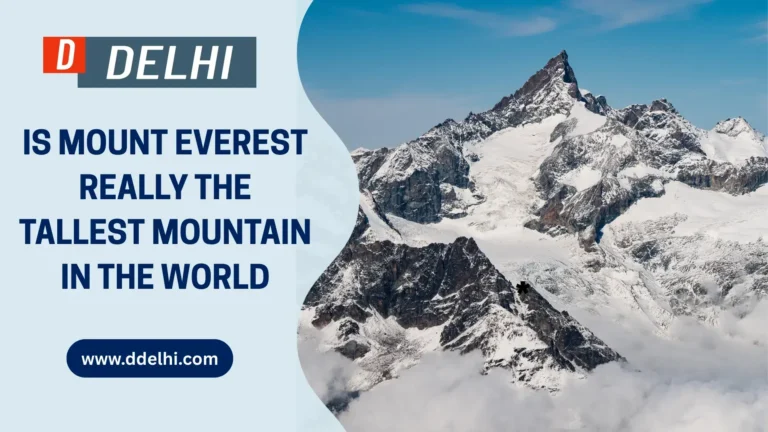
6 Lakes That are Drying up
We are all aware that without water, life is not possible on Earth, and with billions of people in the world, its demand is alarmingly increasing. From growing and cooking food to drinking and generating energy, we use water for endless reasons in our daily lives. Lakes are among the most important natural water resources on the planet. However, sadly, there are many lakes that are drying up around the world due to climate change, pollution, unsustainable farming practices, and other human impacts.
Have you ever wondered how serious this issue is that lakes are disappearing around the world? Animals are losing their habitats, people are facing livelihood challenges, and there are many challenges that we can’t even imagine. Keep reading this article to learn about the top 6 lakes that are drying up, highlighting why it is important to understand to save the disappearing water bodies.
Table of Contents
Top 6 Lakes That Are Drying Up Around the World
From the Dead Sea to Lake Poopó, many natural water bodies are disappearing around the world due to climate change, harmful farming practices, and other human activities. Here is a list of the top 6 lakes that are drying up in the world:
1. Dead Sea (Middle East)
The Dead Sea in the Middle East is one of the saltiest lakes in the world and is drying up. It is bordered by Jordan, the West Bank, and Israel. The primary reason for this iconic lake losing water is due to the Jordan River’s freshwater diversion for agriculture and industry. Additionally, companies are extracting water from the sea to create evaporation ponds for mining minerals. The sudden climate change, like rising temperatures and reduced rainfall in the region, has increased the rate of evaporation from the sea. This lake is losing water at an alarming rate and causing many negative effects, including soil instability, the creation of thousands of sinkholes, risk to the local economy, and depletion of freshwater needed for farming, drinking, and other uses.
2. Lake Urmia (Iran)
The next lake on the list of the top 6 lakes that are drying up at an alarming rate is Lake Urmia in Northwestern Iran. This saltwater lake is losing water due to excessive human interference, like poor management of water resources and the construction of more than 48 dams in the area around it. Although human activities are playing a major role, drier conditions, hotter temperatures, and long droughts are also causing the lake to lose a lot of water. Over 80% of its water volume is lost, and this rapid drying is negatively affecting the local wildlife and dependent communities.
3. Lake Chad (Africa)
This lake is one of the largest freshwater lakes in Africa and is located in the Sahelian zone, at the intersection of Chad, Nigeria, Cameroon, and Niger. The primary reasons for the alarming water loss from this lake are climate change, increased demand for water for human consumption and farming, deforestation, and prolonged droughts. This natural freshwater lake provides water to millions of people, but the depletion of its water volume is making local communities and wildlife face many threats.
4. Lake Mead (USA)
Next on the list of the top 6 lakes that are drying up is Lake Mead, located on the Arizona-Nevada border in the USA. The main reason for its water loss is the multi-decade drought in the region, warmer temperatures that are increasing evaporation, and high demand for water due to a growing urban population. Another reason for it is the significant withdrawal of water for irrigation and other farming practices. The declining water levels have led to water shortages, job losses, ecological damage, and loss of hydroelectric power, as the lake is nearing dead pool status and can no longer flow through the Hoover Dam to generate power.
5. Aral Sea (Central Asia)
This lake, between Kazakhstan and Uzbekistan, was one of the largest inland lakes in the world. However, today, the water diversion for irrigation and unsustainable cotton cultivation has led to overuse of its water, leading to its shrinkage. A large portion of the Aral Sea has completely disappeared due to the misuse of water and climate change. The loss of sea water has posed many environmental challenges, like dust storms, a major threat to public health, economic collapse, and worsening climate variations in the region.
6. Lake Poopó (Bolivia)
The last lake on the list of lakes that are drying up across the world is Lake Poopó, which was the second-largest lake in Bolivia. Over the years, reasons like severe drought, less rainfall, increased evaporation rates, river diversion, and increased demand by growing urban populations have caused depletion in its water level. The significant water loss has negatively affected local communities and wildlife that rely on it. Additionally, the dust storms are causing respiratory illnesses and other health problems for the local population.

Protecting What Remains Before It’s Too Late
These 6 drying lakes highlight the urgent need for advanced conservation and proper water usage practices. These disappearing water bodies support local wildlife and people, and even help maintain climate stability. The alarming water depletion is not only affecting local areas, as people are migrating to other regions, and climate change is posing a global threat. It is high time humans understand that we are mainly responsible for this due to the overuse of water, pollution, and poor farming practices. We need to become aware of our responsibilities to prevent further loss and protect what is remaining before it’s too late.



